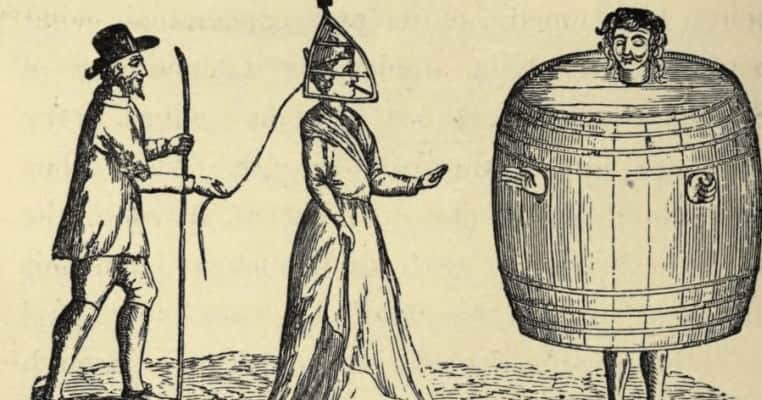History has taken many strange twists and turns as it unfolded, and no doubt will continue to do so. Some of what can be considered strange are from the differences between cultures, or changing times leading to changed morals and beliefs. Some remain head-scratching regardless of how they are viewed. For example, the Roman Church once considered sinful, an expression of vanity, the use of a simple fork when dining. Forks were considered unmanly in Northern Europe, and in what became the United States they were not commonly found in use until around the time of the Revolution, at least at the tables of the working class. Some protestant ministers decried them as artificial hands, and an affront to the Creator.

Much of what is believed to be true history has been handed down in the form of folklore, edited and altered through telling. The years treated many historical “facts” as a form of the children’s game of telephone, in which the last person in a group to hear a whispered message passed from one another repeats it out loud, demonstrating how much it changed from the original. Henry VIII, for example, is widely known for rapidly going through six wives, who lost their heads as a result, but in truth, his first marriage lasted more than 25 years and only two of his wives were executed. The last, Catherine Parr, lived to become his widow. Here are strange, unusual, and sometimes plain weird stories from history, some true and some not.

1. FDR used Al Capone’s armored car during World War II
A tale easily found on internet sites and even some books relate that when Al Capone went to prison, his 1928 Cadillac was confiscated by the Department of the Treasury. Capone’s car was heavily armored, as would be expected given his choice of business, and it remained in federal custody. When FDR went to the US Capitol in December, 1941, to ask for a declaration of war on Japan, Secret Service agents used the gangster’s confiscated car to transport the President from the White House. FDR continued to use the car for a time during the war. The widely reported story would seem strange, and is related to a weird historical fact, but it is patently untrue.
Capone’s Cadillac still exists, with a documented provenance going back to 1933, with no links to the Secret Service or FDR. Photographs taken during FDR’s trip to and from the Capitol do not include a 1928 Cadillac, armored or not. The President had several cars, including the famous Sunshine Special, a 1939 Lincoln that was modified to accommodate his handicap, and which was later armored to protect him, though whenever possible he enjoyed riding in it with the top down. The weird fact of Roosevelt being chauffeured in Al Capone’s Cadillac is false. A strange fact that is true however is that FDR had a car at his Hyde Park home, and another in Warm Springs, which were specially modified so that he could drive himself, to the chagrin of the Secret Service.

